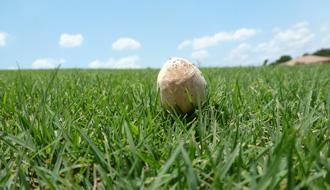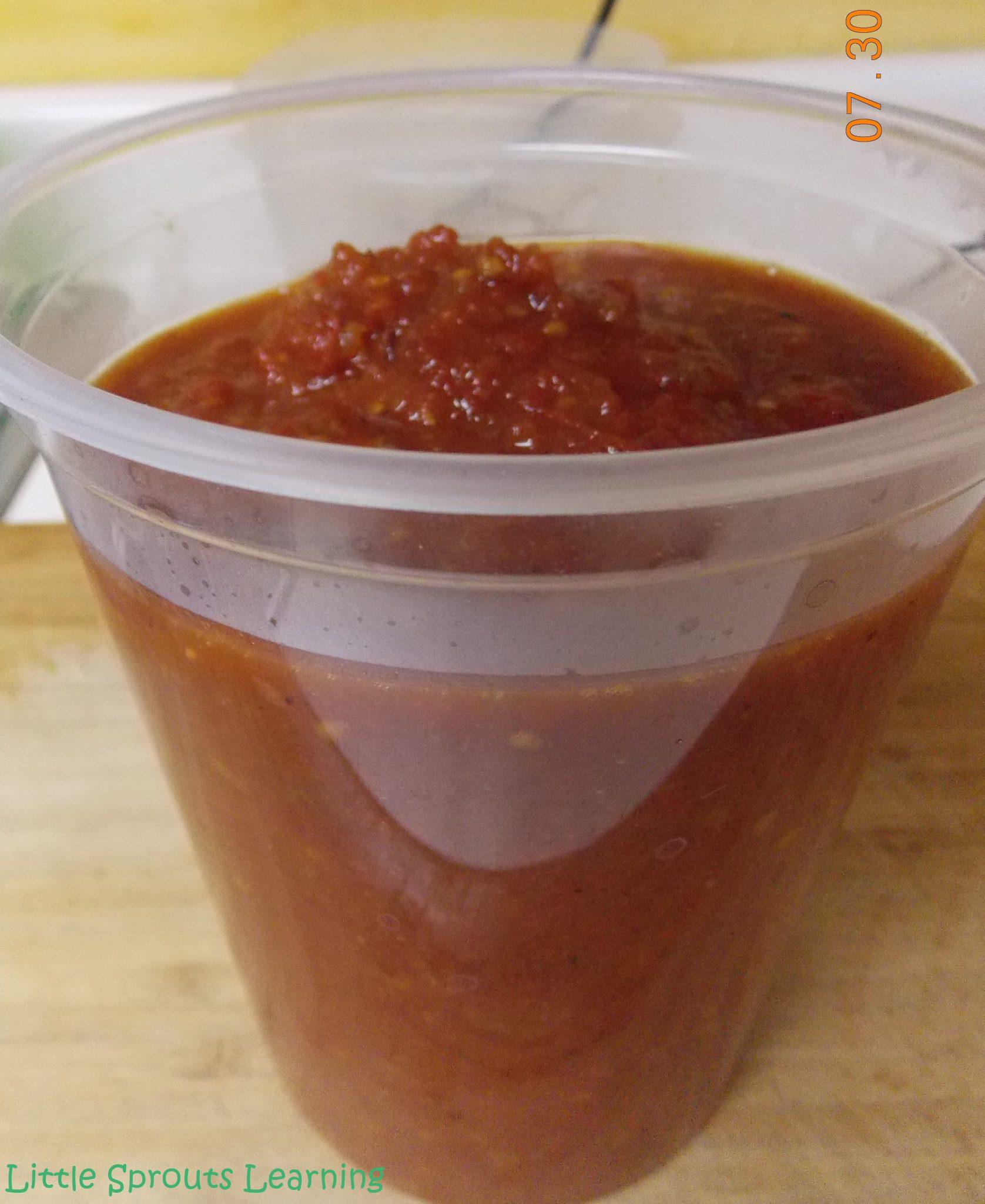Fungus is a normal, positive component of your yard. It breaks down decaying leaves and other organic matter then deposits nutrients in the soil. But unless you’re intentionally growing them, you don’t want unsightly mushrooms popping up through the grass.
In this article, we’ll explain why mushrooms appear in your yard, how to remove them, and what you can do to keep them from coming back.
You are watching: How to Identify, Get Rid Of & Prevent Lawn Mushrooms In Your Home Garden
Why Mushrooms Grow In Your Yard
Mushrooms need three things to prosper: warmth, moisture, and organic matter. In lawncare terms, this can mean anything from a heavy rain season to a decomposing tree stump. Here are some common reasons for lawn mushrooms:
- Overwatering
- Heavy rains
- Poor soil drainage
- Extended shade
- Decaying organic matter, such as a tree stump, thatch, fallen leaves, grass clippings, or animal waste
Are Mushrooms Bad for Your Lawn?
Some mushrooms that appear in your lawn are poisonous. If your household includes curious children or pets, it’s a good idea to get rid of them as soon as they appear in your yard.
Some fungi also cause lawn diseases like brown patch or large patch, which take down grasses and leave circles of bare spots behind. You won’t see mushrooms in these cases, however, because the fungus affects individual grass blades.
How To Identify the Mushrooms in Your Yard
Mushrooms are the above-ground fruit of fungus. They pop up, produce seeds (or spores in this case), then the fruit dies after a few days.
Mushrooms come in many shapes and sizes, too. They can be spherical or tall and thin, with or without caps. Some species look like shelves growing straight out of a tree. As for colour, they’re often shades of brown, white, or gray, but they span the spectrum from red and orange to green, blue, and purple.
Read more : Why Was Satan Allowed In The Garden of Eden?
There are more than 10,000 known mushroom species, but these three are common in Canadian yards:
- Field mushrooms (Agaricus campestris)
- Shaggy mane mushrooms (Coprinus comatus)
- Death cap mushrooms (Amanita phalloides)

Reasons to Consider Keeping Mushrooms in Your Yard
Typically, mushrooms are a sign of a healthy yard. While not all mushrooms are poisonous, some mushrooms do good for the overall growth of your lawn. Here are two reasons why some gardeners keep mushrooms around:
- Mushrooms are a sign of healthy soil.
- Mushrooms provide additional nutrients to your soil.
How To Get Rid of Mushrooms in Your Yard
Since fungus is beneficial to your lawn, you do not need to strip it out of the soil entirely. You just need to target mushrooms that are obstructive to your yard. Grab a pair of gloves and follow these directions:
-
Start Digging. Use a shovel or spade to dig out the cluster of mushrooms. Dig at least 12 inches down to remove as much of the fungus as possible.
-
Mow Your Lawn. You can also simply mow over them and pick up the mushroom pieces.
-
Clean Up. Toss the mushroom pieces into a trash bag, tie the bag, and throw it in the bin. Do not dispose of mushrooms with your grass clippings or other lawn waste. That would be a feast for fungus and would only amplify the problem.
Read more : The Serpent in the Garden of Eden and its Background
Patience works, too. With a bit of sunshine, drier conditions, or cold weather, mushrooms will disappear on their own.
How To Prevent Mushrooms From Coming Back
Here are a few tips to make your lawn an unpleasant place for mushrooms to pop by unannounced:
-
Water smarter. Water your lawn early in the morning so it has time to dry before dark and add no than 1 inch of water per week.
-
Improve drainage. Aerate the lawn for better drainage and air circulation.
-
Decrease shady spots. Trim trees and bushes and mow more often to let additional sunlight through.
-
Do a major yard cleanup. Remove dead tree roots, old mulch, decaying leaves, wood, and pet waste. Rake up grass clippings and dethatch your yard.
-
DIY fungicide 1. After you pull out the mushrooms, apply a mix of 5 tablespoons of vinegar per 1 gallon of water to the areas that had mushrooms.
-
DIY fungicide 2. After removing the mushrooms, add a few drops of dish soap to the area.
Source: https://gardencourte.com
Categories: Garden news

